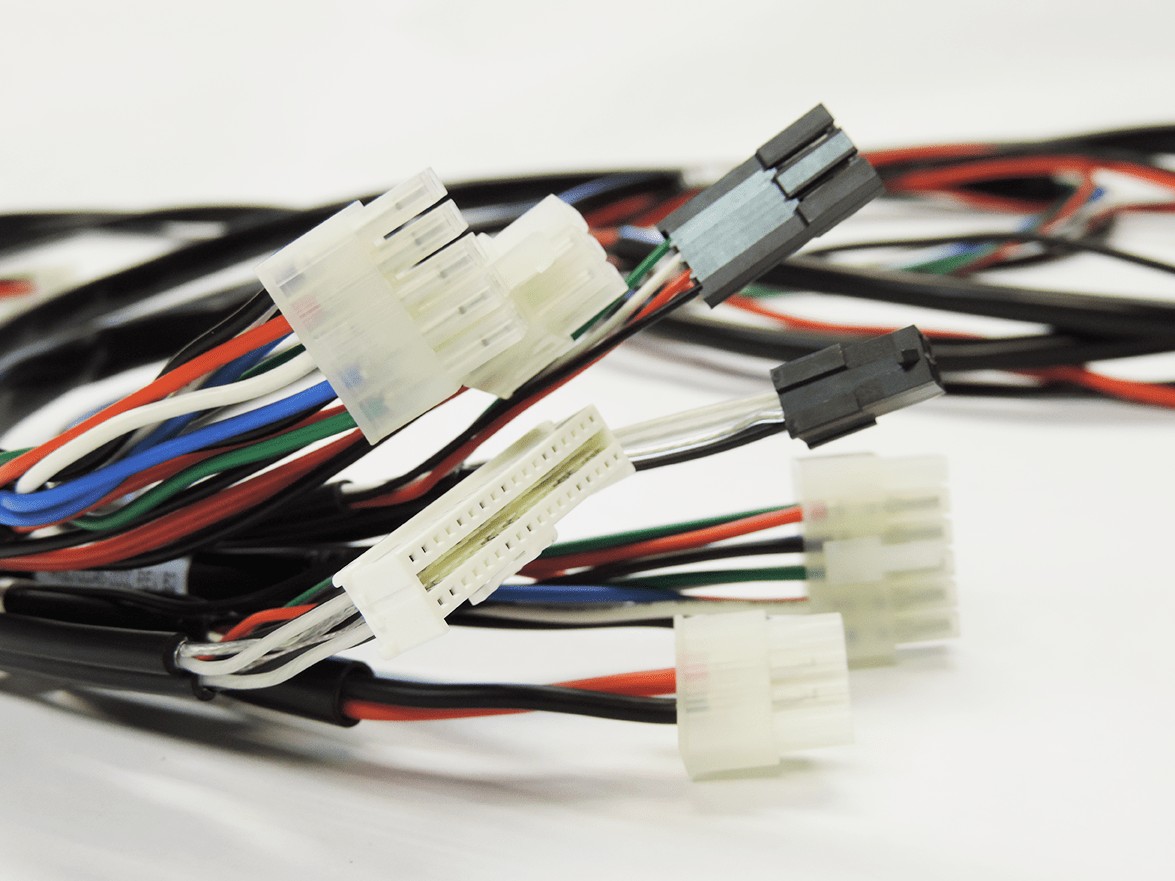Latest News
A Brief Introduction to Wiring Harness Assembly

An efficient wiring harness design requires intricate planning and accuracy in assembly. Harnesses are often comprised of multitudinous components which is why the process of fabrication has to be done meticulously to pass safety requirements. Designing a wiring harness is a skill that every electrical engineer must master. Harnesses are used in many sectors, such as manufacturing, the automotive industry, aerospace, and the military. It can be found in almost any modern device or car.
A wire harness transmits and distributes electrical signals to a machine or device. Typically, a wiring harness design is comprised of hundreds, if not thousands, of components. Each part serves the purpose of distributing the amount of energy required to operate the vehicle. Each wire harness is unique and specifically designed for the device or machine where it is installed.
The Assembly Process
In general, the process of designing a wiring harness for new electronic equipment begins with a schematic diagram drafted by experts in the manufacturing company. These illustrations serve as a guide for the manufacturing process and may have different versions depending on the product chosen by the customer and the manufacturer.
These diagrams are often analyzed by a team of experienced manufacturing engineers to figure out how the manufacturing process will go. Changes are also an important part of the overall manufacturing process, as some parts may need some adjustments and updates to better match the product they are included in. This is usually the process that provides the best quality. Sometimes engineers also need to physically see a product to fully understand how they will initiate the wiring harness design.
Once the entire design is complete, companies use software to ensure standard quality when cutting and grouping different wires and cables. The machines used by the manufacturers can work with great precision when measuring and sorting parts. Some machines may even twist and group the wires according to different applications.
Installing the wires and other components into a harness board or tray cable is the next step. Typically, a device that uses a wire harness has a panel that allows you to systematically distribute and branch cables. Skilled workers in the assembly line follow standard instructions to carefully place each component in the correct location. This process involves installing and routing various cables and wires. Since each wiring harness is designed unique depending on the application, assembly processes are all unique for different industries.
Safety and Testing
The final part of the assembly process is of course testing whether the wiring harness design can perform effectively and efficiently. Before the finished wiring harness is considered suitable for distribution, it undergoes a series of quality checks and tests. Each harness is made up of many parts that serve different functions, so checking every part is essential to avoid any problems after distribution.
Testing is an important final step in any production in almost all industries. Testing the wiring harness design guarantees not only quality but also customer safety. Without some kind of testing process, possible defects in the wiring harness design may be overlooked and can be detrimental to the device or machine as a whole.
Umar Nisar was born and raised in the busy city of Abbottabad. As a journalist, Umar Nisar has contributed to many online publications including PAK Today and the Huffing Post. In regards to academics, Umar Nisar earned a degree in business from the Abbottabad UST, Havelian. Umar Nisar follows the money and covers all aspects of emerging tech here at The Hear Up.
Thanks










